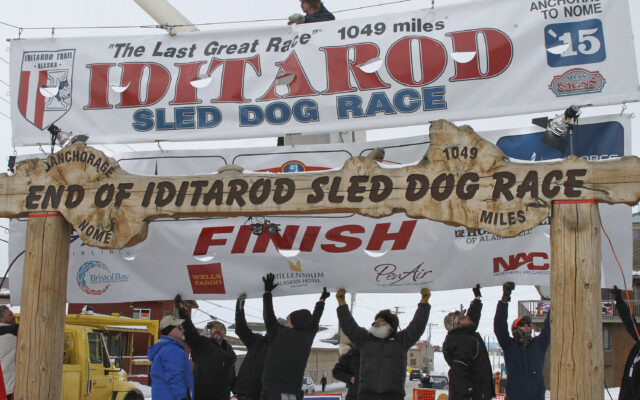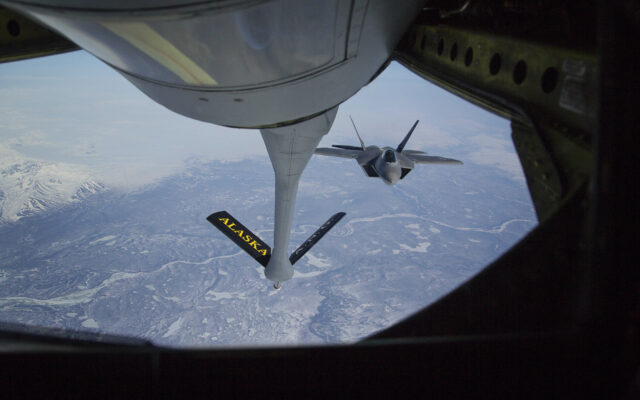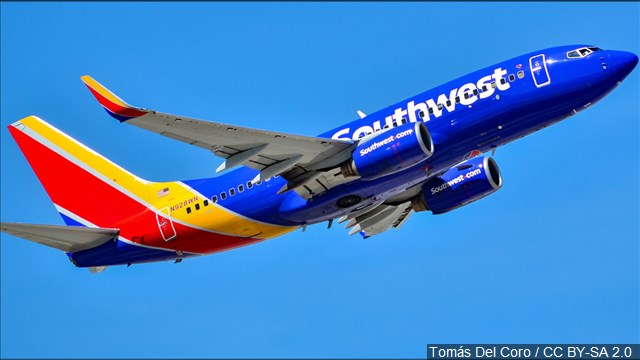Dog deaths revive calls for end to Iditarod, the endurance race with deep roots in Alaska tradition

ANCHORAGE, Alaska (AP) — For the past five years, Alaska’s annual Iditarod sled dog race has gone off mostly free of controversy, as teams of dogs and their mushers braved the elements in the 1,000-mile (1,609-kilometer) test of endurance across the frozen wilderness.
This year the deaths of three dogs during the race — and five more during training — have refocused attention on the darker side of Alaska’s state sport and raised questions about the ethics of asking animals to pull a heavy sled for hundreds of miles in subzero temperatures.
Dog mushing has a long and storied tradition in Alaska that harkens back to its Native peoples and frontier spirit, however, and while there are calls to end the race forever, supporters say the Iditarod should remain as a celebration and reminder of a time not so long ago when the main way to travel was by sled.
Archeological evidence suggests dogs were used to pull sleds long before Alaska Natives had contact with other cultures, said Bill Schneider, the former president of the Alaska Historical Society, retired archivist for the University of Alaska Fairbanks and a recreational musher at age 78. Alaska Natives long depended on sled dog teams to move their supplies as they migrated seasonally to where the resources were, fishing or hunting or trapping.
It wasn’t until the early 1970s that the Iditarod was established with the help of Joe Redington Sr., who saw it as a way to save both sled dog culture and the Alaskan husky breed, which were being eclipsed by snowmobiles. Each March dozens of sled teams — many with 16 dogs in harness — make the arduous journey from the city of Anchorage to Nome, on the state’s far west coast.
The three dogs that collapsed and died during the race this year were all part of different teams. One perished just 200 feet (60 meters) from entering a village. Life-saving efforts failed in all three cases, and necropsies have not provided causes of deaths. More tests will be conducted, officials said.
All three mushers withdrew from the competition, pursuant to race rules. They were fairly inexperienced, with two rookies and one in his second race.
People for the Ethical Treatment of Animals and another animal rights group, Humane Mushing, say more than 100 dogs have died over the 51-year history of the Iditarod, which has always declined to provide a number.
Melanie Johnson, a PETA senior manager, said the deaths show that mushers must stop putting their dogs in danger and the race needs to end.
“These are not super dogs; they’re not indestructible pieces of sporting equipment,” she said.
“They are just like any other dog, and all they want is to live and enjoy love and companionship,” Johnson added. “But the Iditarod continues to push them beyond their capabilities, and as a result, dogs continue to suffer and die.”
Iditarod officials did not respond to several messages from The Associated Press seeking comment. CEO Rob Urbach has rejected PETA’s stance on the race in the past as “inflammatory and grossly inaccurate,” while acknowledging that the criticism creates a difficult dynamic for them. Iditarod organizers are trying to change the narrative, he said, and continuing to promote dog wellness, nutrition, training and breeding.
After the winner came in Tuesday in Nome, Urbach told the Anchorage Daily News that the dog fatalities were “obviously very disheartening for our community.” Officials are waiting on full necropsy reports and will act based upon the results, he added.
“If we can learn anything, we will,” Urbach said. “When we get all the reports back, we’ll see if there’s anything. I can assure you if we do, we’ll apply those learnings.”
Dallas Seavey, who this week became the first six-time Iditarod winner, had two of his dogs killed and seven injured last November, when they were hit by a snowmobile. He was not driving at the time. For the race, he used some dogs from the kennel of his father, Mitch Seavey, to fill out what became the winning team.
“This was a really tough year, and these guys, they brought it home for us,” an emotional Seavey said at the finish line, after hugging each of his dogs.
When racing, Seavey said, he is “going to take care of these dogs the best we can every single day, get them down the trail as quickly as they can in a healthy, fun manner. And that’s what wins races.”
From its Alaska Native beginnings, mushing’s tradition evolved in the early 1800s when arriving Russian settlers were interested in acquiring dogs for winter transport, including moving supplies between trading posts. Miners later used teams to haul supplies and even gold during the Gold Rush of the early 1900s. U.S. Army personnel had dog teams when bases first began springing up in Alaska, and telegraph line repair workers used sleds to travel to fix breaks.
Sled dog teams also played an important role in connecting Alaska to the outside world as postal carriers mushed on their routes before airplanes took over. Chester Noongwook of Savoonga was the last carrier to retire his team in 1963, when air service was established to St. Lawrence Island in the Bering Sea, according to the Alaska Geographic Society.
Today, Denali National Park and Preserve, about 240 miles (390 kilometers) north of Anchorage, is the only national park that still has its own sled dog team. Many mushers operate summer tourism businesses, some on glaciers, giving tourists mushing lessons or letting them ride in the sleds.
In one historic event that typifies the significance mushing has for many in Alaska, sled dogs are celebrated for delivering life-saving serum to Nome in 1925 when it faced being wiped out by a diphtheria epidemic. Siberian husky Balto, one of the dogs on the team, became a national hero for driving through blizzard conditions, and he and musher Gunnar Kaasen were on hand when a bronze statue of Balto was unveiled in New York’s Central Park later that year.
Schneider said dogs were chosen for the trip of about 670 miles (1,085 kilometers) because they were deemed safer than planes, which were still a fledgling mode of transportation 99 years ago.
Airplanes “could have gotten the serum there easier, but it was not as reliable,” Schneider said. “It’s become an important story in the dog mushing world.”
You Might Also Like






